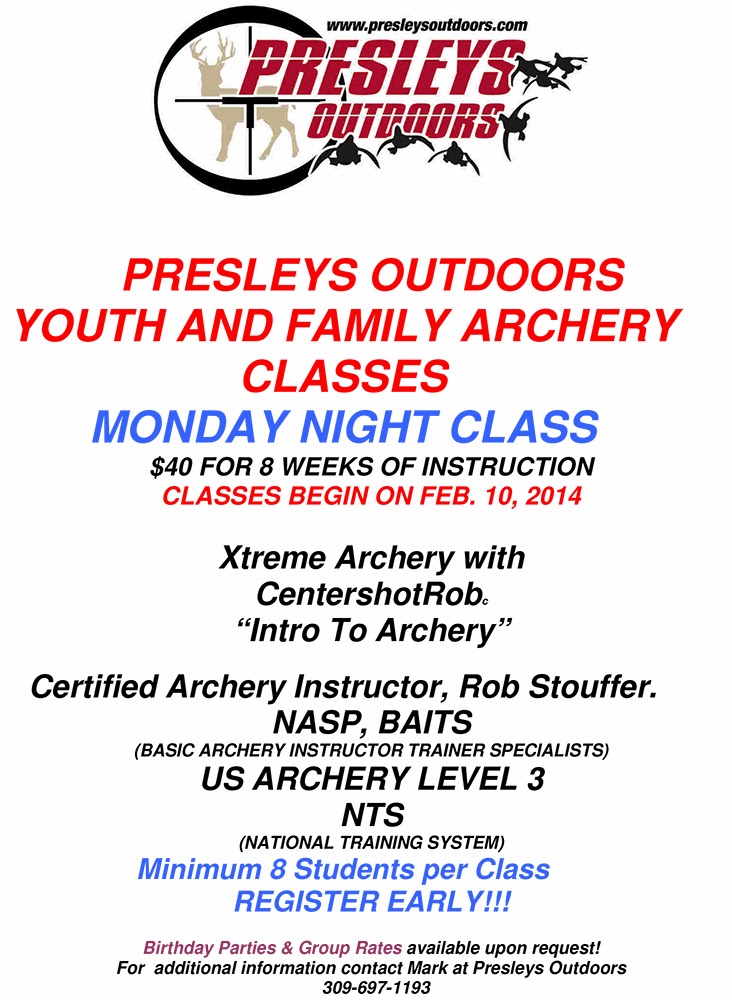Kathy Pindell of Galesburg, Illinois won the 2014 NFAA Indoor National Championship while competing in the Senior Women’s Freestyle Division. This was Kathy’s 4th National Title and goes along with numerous Local, Regional, State and Sectional titles over her archery career that spans nearly 5 decades.

Kathy won her first NFAA National Title at Ludlow, Massachusetts in 1972. She competed in the Young Adult Female Freestyle Division. That was the first of 3 National Championships in a row for Kathy. She won her second National Championship in 1973 at Aurora, IL moving up from the Young Adult division and competing instead in the Adult Female Freestyle Division. In 1974, Kathy went out to Golden, Colorado, and won her third consecutive NFAA National Field Championship, once again in the Adult Female Freestyle Division. Then at the age of 18, Kathy made the jump to the Professional Division. At that time, she was the youngest Archer to turn professional.
Kathy shot professional for several years, and eventually put archery on the back burner in order to have a family and start her career. She came back into the sport many years later, taking time to dedicate toward the sport she loved. Always a real competitor, Kathy continued to work her way back and has won several more Local, Regional, State, and Sectional titles in the Women’s Freestyle Division.
This year, Kathy competed at the NFAA Indoor National Tournament held in Louisville, Kentucky. She competed in the Senior Women’s Freestyle Division, and after being behind after the first day’s competition, she put things together on the second day of the event to win her 4th NFAA National title. What is most interesting and rewarding are the following:
- Kathy has won National Titles in 3 age groups: Young Adult, Adult (twice moving up an age level and still winning the title), and Senior.
- Her last National title was in 1974 and her recent 2014 National Indoor Championship title was 40 years later.
Kathy’s Setup that she used to win the 2014 Senior Women’s Freestyle National Championship includes:
Bow: Barnsdale Classic X with Tri-Star cams. 46 pounds peak weight, 17 pounds holding weight.
Draw Length: 24 3/4” AMO
Arrows: Gold Tip UltraLite Pro Series 22, 23 inches long, with 90 Grains of point weight
Bow sight: Sur-Loc Supreme
Scope: Sur-Loc scope 38 mm Diameter, with a 1.0 diopter (8power) lens and a circle/dot combination.
Peep Site: Speciality Peep with 3/64 clarifier
Release aid: Carter Target 4
Stabilizaton: Shrewd main stabilizer, 30 inches long, with 3 Oz tip weight. Back stabilizer is a Shrewd 6 inches long with 6 oz of back weight.
Quiver: Easton Sport Quiver
Optics: Brunton Eterna 11x 42 power
Kathy is a long-time member of the National Field Archery Association (NFAA), the Illinois Archery Association, Pekin Archers Incorporated, and the Galesburg Archery Club. In addition Kathy spends time teaching new archers and promoting the sport. She also shoots at Presleys Outdoors in Bartonville, Illinois and has been a huge contributor to the successful Midwest Open Archery Tournament for the past 6 years.
--by Tom Dorigatti, November, 2014











































